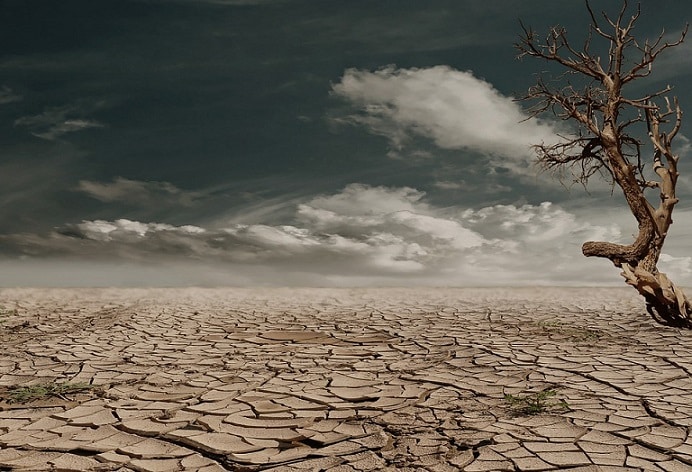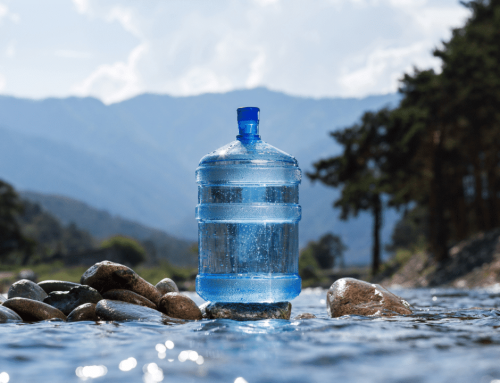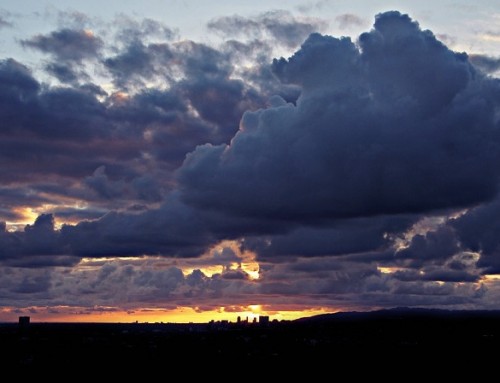The Amazon should be a lush tropical region with numerous plant and animal species all flourishing, shouldn’t it? Well, it used to be but actually the Amazon has recently experienced its third 1-in-100 year drought since 2005.
The Amazon has encountered droughts in 2005, 2010, and most recently in 2015/2016, and these were not small events; they were 100-year events.
A recent study, Unprecedented drought over tropical South America in 2016: significantly under-predicted by tropical SST [sea surface temperature], recently published in Scientific Reports, explains more about how and why droughts occur, their frequency and severity, and also their impact on both natural and human worlds.
Authors of the study, Amir Erfanian, Guiling Wang, and Lori Fomenko, from the University of Connecticut, measured drought in three ways; two different vegetation measures of drought as well as quantifying the precipitation deficits and water storage on the ground. Results showed that the most recent drought was unprecedented in severity.
To research the severity and cause of the drought, authors looked at the relationship between changes in precipitation and sea surface temperatures in tropical oceans. Results showed that warmer than normal water in the Pacific and Atlantic oceans was the primary driver for reduced rainfall during all three extreme droughts over the past decade.
However, water temperatures alone could not satisfactorily explain the size and severity of the 2015/2016 drought, suggesting to them that there were additional factors involved. According to their research, while the relationship between water temperatures and drought worked well for prior droughts, it did not compute for the 2015/2016 drought.
The 2015/2016 drought should never have been nearly as severe or as large as it was, yet it far exceeded that of the 100-year events in 2005 and 2010.
The study showed that human changes to the land surface such as deforestation and the conversion of woodlands and forests into agricultural land changes the reflectivity of the land and impacts the transfer of water to and from the atmosphere. At the same time, warming from greenhouse gases causes more water to evaporate more rapidly and dry out surfaces – ergo, the air contains more water vapour, resulting in heavier downpours and the two changes result in an accelerated hydrological cycle.
Get bottled water coolers and mains water coolers from Living-Water.






